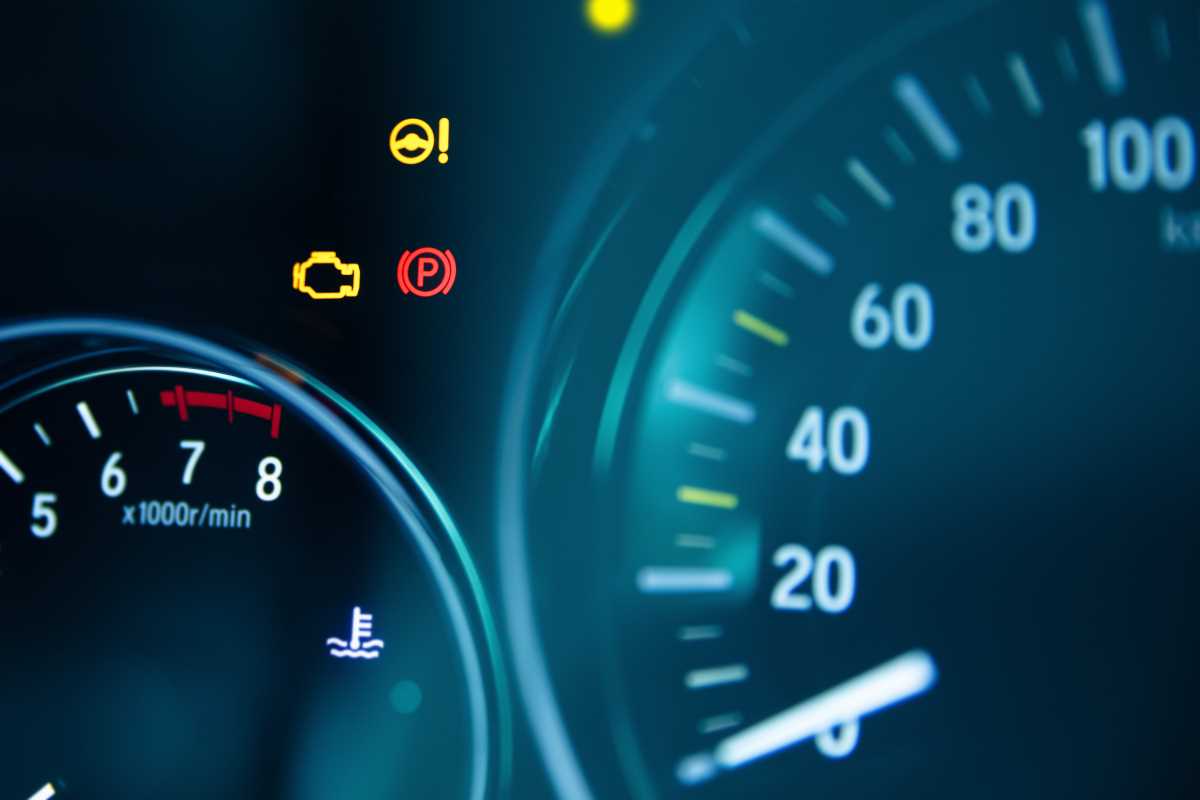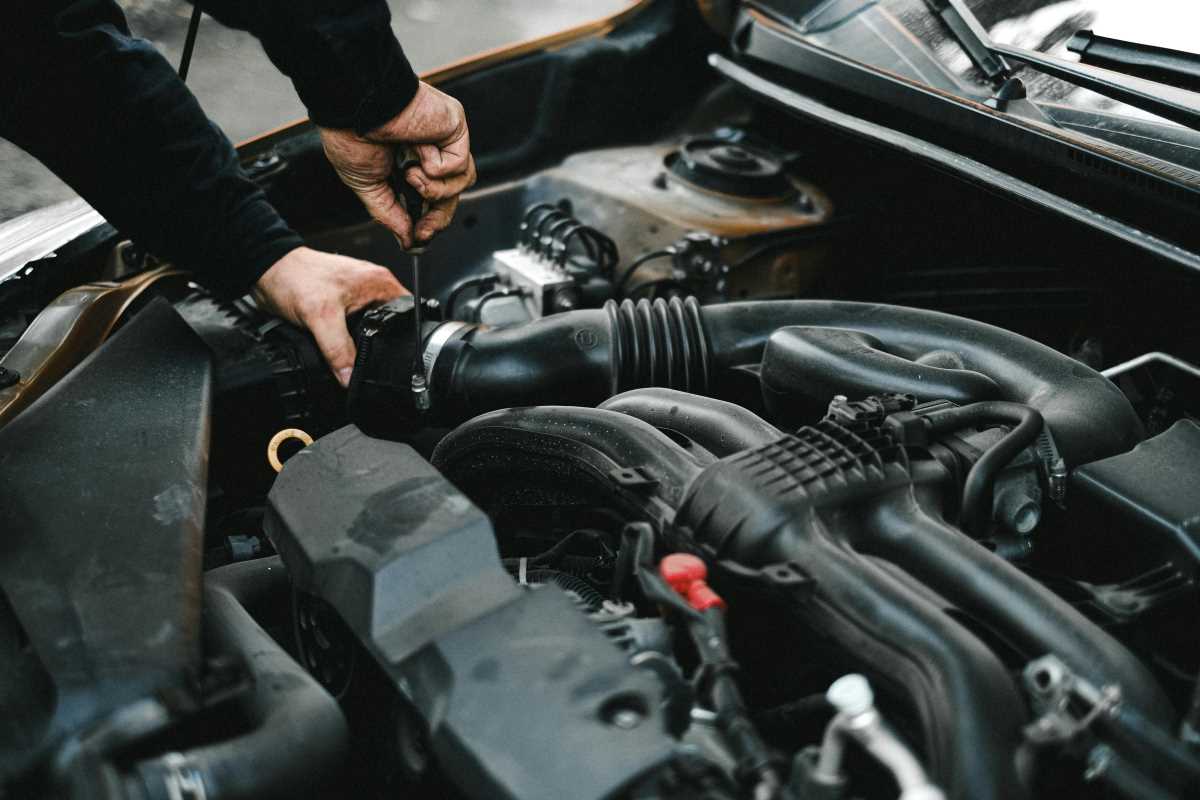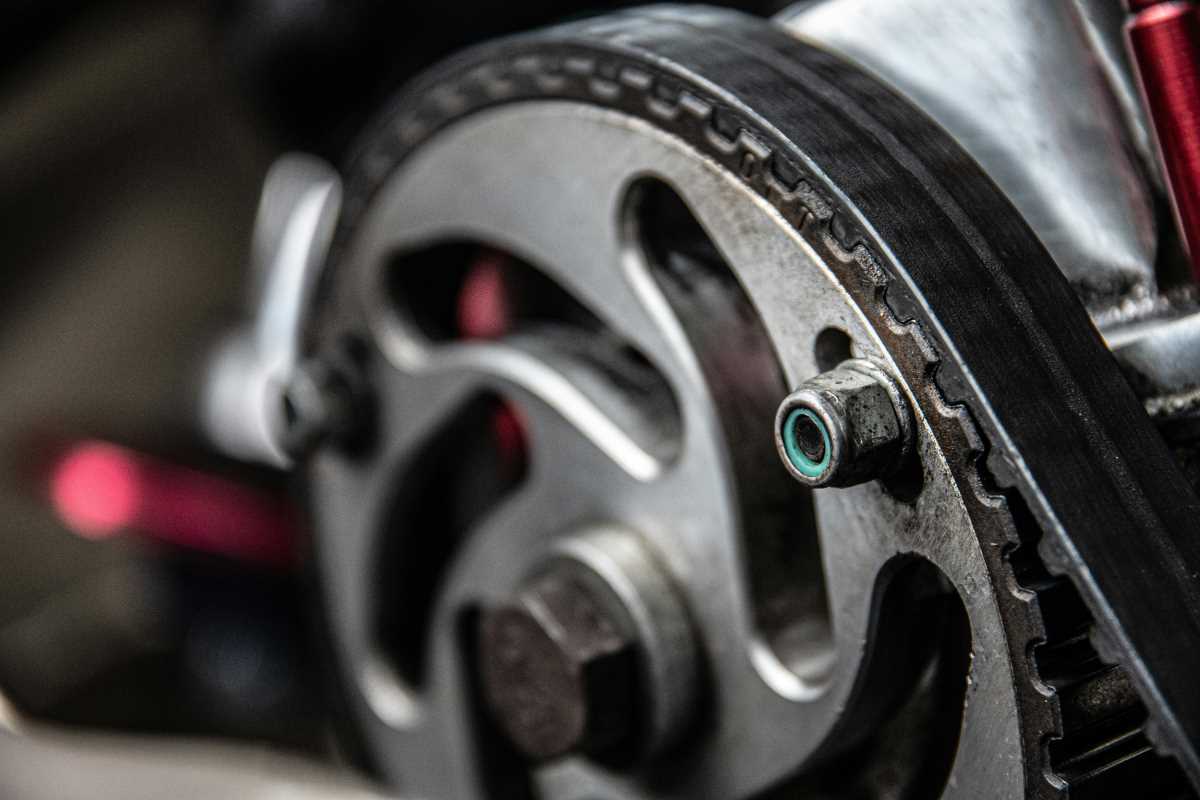Your car’s dashboard is like its nervous system, constantly communicating important information about its health and performance. But when a warning light or notification pops up, it can be confusing and even alarming if you’re unsure what it means. Understanding these lights will help you address any potential issues before they escalate. Here’s a comprehensive guide to some of the most common dashboard lights and notifications, what they mean, and what you should do about them.
What Does the Check Engine Light Mean?
- What it is: The check engine light (a yellow or amber light with a small engine icon) indicates that something is wrong with your car’s engine or emissions system.
- Possible Causes:
- A loose or damaged gas cap.
- A failing oxygen sensor.
- Problems with the catalytic converter.
- Misfires or issues in the ignition system.
- What to Do: Check if your gas cap is properly tightened—that’s often a quick fix. If the light stays on or starts flashing, have your mechanic scan your car’s OBD-II codes to pinpoint the issue. A flashing check engine light usually means a serious issue requiring immediate attention.
Reminder: Ignoring the check engine light can lead to worsened fuel efficiency or engine damage.
Why Is the Oil Pressure Light On?
- What it is: The oil pressure light looks like an old-fashioned oil can dripping oil and warns of low oil pressure in the engine.
- Possible Causes:
- Low engine oil levels.
- Worn or faulty oil pump.
- Clogged oil filter.
- What to Do: Check your oil level using the dipstick. If it’s low, add oil immediately. If the light persists, stop driving the car and call a mechanic. Low oil pressure can cause severe engine damage, so don’t ignore this light.
Regular oil changes help prevent low oil pressure by keeping systems clean and lubricated.
What Does the ABS Light Indicate?
- What it is: The ABS (Anti-lock Braking System) light warns of an issue with the braking system designed to prevent your wheels from locking up during sudden stops.
- Possible Causes:
- Faulty ABS sensors.
- Damaged brake lines.
- Low brake fluid levels.
- What to Do: Drive cautiously and avoid hard braking until you can have the system inspected. While your brakes may still work without ABS, your stopping power and safety may be compromised, especially during emergencies or on slick roads.
Fun Fact: The ABS system was initially developed for aircraft before being adapted for cars.
Why Is the Battery Warning Light Illuminated?
- What it is: The battery light (usually shaped like a rectangle with +/- symbols) signals a problem with the car’s charging system.
- Possible Causes:
- A failing alternator.
- Loose or corroded battery terminals.
- A dying battery.
- What to Do: Check the battery and charging system as soon as possible. If the light appears while you’re driving, conserve power by turning off unnecessary electronics like the radio or AC, and head to a repair shop.
Battery problems can sometimes be seasonal, as extreme temperatures affect performance.
What Does the Coolant Temperature Warning Light Mean?
- What it is: Shaped like a thermometer floating on waves, this light signals your engine is overheating or the coolant temperature is too high.
- Possible Causes:
- Low coolant levels.
- A leak in the radiator.
- A stuck thermostat or failing water pump.
- What to Do: Stop your car immediately to prevent further damage. Allow the engine to cool before opening the hood, then check coolant levels. If levels are fine, call a mechanic.
Reminder: Never open the radiator when the engine is hot, as coolant might spray out and cause burns.
Why Is the Tire Pressure Light On?
- What it is: This light, often a horseshoe-shaped icon with an exclamation mark, warns of low tire pressure.
- Possible Causes:
- Underinflated tires.
- A slow leak or puncture.
- Changes in temperature affecting tire pressure.
- What to Do: Use a tire gauge to check the pressure of each tire and add air as needed. If the light remains on after adjusting the pressure, your car’s TPMS (Tire Pressure Monitoring System) might need recalibration or a sensor could be faulty.
Tire issues impact both handling and fuel efficiency, so check pressure regularly.
What Does the Stability Control Light Mean?
- What it is: Often depicted as a car skidding on wavy lines, this light appears when your stability or traction control system is active or malfunctioning.
- Possible Causes:
- Loss of traction caused by slick or uneven roads.
- Sensor failure within the electronic stability system.
- What to Do: If the light flashes briefly, it means the system is working to regain traction. If it stays on, have your stability control system inspected. Driving cautiously will keep you safe in the meantime.
Fun Fact: Stability control is designed to help you maintain control, not to push limits on wet or icy roads.
Why Is the Brake Warning Light On?
- What it is: A red exclamation mark enclosed in a circle, or the word “BRAKE,” typically signals issues with the braking system.
- Possible Causes:
- Engaged parking brake.
- Low brake fluid.
- Worn brake pads or a system leak.
- What to Do: First, check that the parking brake is fully released. If that’s not the issue, inspect the brake fluid. Persistent warnings require an immediate trip to the mechanic, as brake failure could occur.
Regular brake inspections can catch wear early and save on costly repairs.
What Does the Airbag Warning Light Indicate?
- What it is: Depicted as a person and circle symbol, the airbag light warns of a problem within the airbag system.
- Possible Causes:
- Faulty airbag sensors.
- Malfunctioning seat belt tensioners.
- Deactivated airbags due to previous impact damage.
- What to Do: Have your airbag system inspected right away. If the system isn’t functioning, airbags may fail to deploy during an accident.
Reminder: Never tamper with airbag wiring, as it may inadvertently set them off.
Why Is the Service Engine Soon Light On?
- What it is: Similar to the check engine light, this notification is a gentler reminder that your car requires routine maintenance.
- Possible Causes:
- A reminder for scheduled services like oil changes or filter replacements.
- Minor system alerts that need attention.
- What to Do: Check your owner’s manual for recommended service schedules. Stick to your maintenance appointments to keep your car running efficiently.
Many modern cars reset this light automatically when proper service is logged by mechanics.
 (Image via
(Image via





